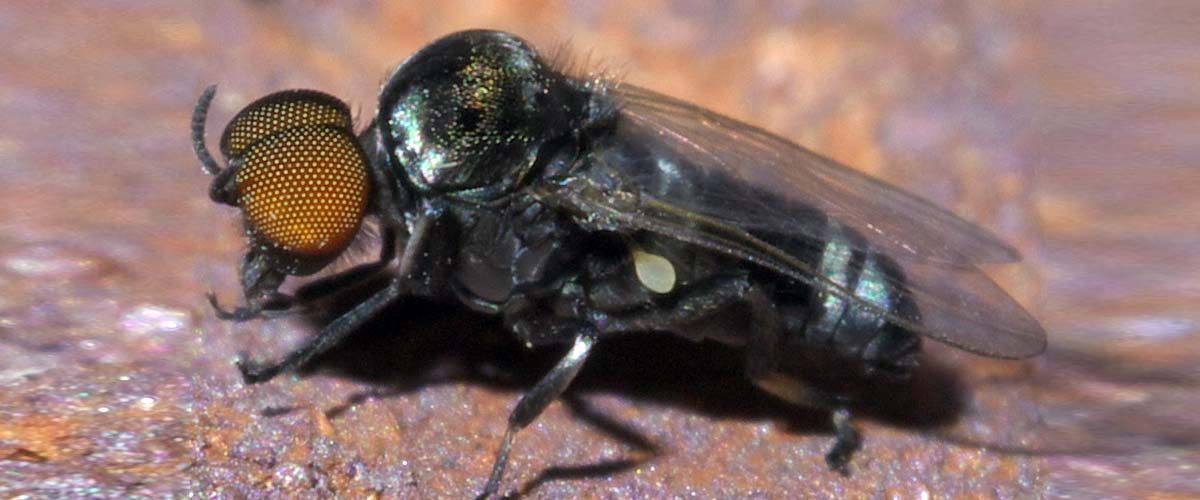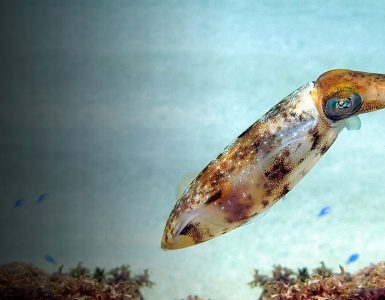Black flies belong to order nematocerous “Diptera” and family “Simuliidae”. They are known to transmit causal organisms of parasitic diseases to birds as well as mammals. Accordingly, some black fly species are considered as the vectors of filarial worms which ultimately lead towards onchocerciasis or river blindness. Habitats of black fly larvae are mostly running water and they can also be employed for water quality evaluation1.
Most of the Simulium members are structurally similar, therefore it is a difficult task to identify them or even impossible in many cases. Currently, molecular techniques in the taxonomy have achieved quick improvement for precise identification of species by DNA barcodes. The DNA barcoding examination is also receiving adequate pledge for identification of black fly2.
Moreover, investigation of genetic diversity by means of Restriction Fragment Length Polymorphism (RFLP) provided high-quality results in several species of insects, DNA barcode based RFLP is considered as an efficient to investigate polymorphism in insect species and consent to the recognition of samples at any developmental stages as well3.
Accordingly, genetic diversity studies in black flies have been conducted on Simulium gravelyi through Random Amplified Polymorphic DNA4, and in Simulium tani by means of DNA barcoding genes5etc. But, DNA barcode based RFLP analysis in black fly has received less attention up till now.
Considering these facts, scientists conducted a new research for evaluating the intraspecific genetic diversity of two black species (S. (S.) gurneyae as well as S. (S.) nilgiricum). Moreover, scientists also determined the level of genetic differentiation along elevational gradient, via DNA barcoding gene of COI based RFLP analysis. For this purpose, scientists calculated the genetic distance among sampling sites by comparing the similarity of the bands produced by three restriction endonuclease enzymes6.
This study showed that DNA barcode based RFLP analysis is an effectual tool to investigate genetic diversity of black flies. The mean Kimura two parameter divergences of two black fly species between sampling sites was observed less than 13% and the higher genetic differentiation occurred at higher elevational sites i.e., above 1000 m.
These findings suggest that hypothesis of speciation is associated with higher elevational site in black flies. However, thorough and detailed research is needed on these methods to understand dispersal pattern between high elevational sites.
References:
- Harwood, R.F. and M.T. James, 1979. Entomology in Human and Animal Health. 7th Edn., MacMillan Publishing Co. Inc., New York, USA., ISBN-13: 9780023516009, Pages: 548.
- Conflitti, I.M., K.P. Pruess, A. Cywinska, T.O. Powers and D.C. Currie, 2013. DNA barcoding distinguishes pest species of the black fly genus Cnephia (Diptera: Simuliidae). J. Med. Entomol., 50: 1250-1260.
- Shaikevich, E.V., 2007. PCR-RFLP of the COI gene reliably differentiates Cx. pipiens, Cx. pipiens f. molestus and Cx. torr of the pipiens complex. Eur. Mosq. Bull., 23: 25-30.
- Anbalagan, S., C. Bharathiraja, J. Pandiarajan, S. Dinakaran and M. Krishnan, 2012. Use of Random Amplified Polymorphic DNA (RAPD) to study genetic diversity within a population of blackfly, Simulium gravelyi from Palni hills, peninsular India. Biologia, 67: 1195-1203.
- Low, V.L., P.H. Adler, H. Takaoka, Z. Ya’cob and P.E. Lim et al., 2014. Mitochondrial DNA markers reveal high genetic diversity but low genetic differentiation in the black fly Simulium tani Takaoka & Davies along an elevational gradient in Malaysia. PLoS One, Vol. 9, No. 6.
- Vimalanathan Arunprasanna, Mani Kannan, Sankarappan Anbalagan, Sundaram Dinakaran and Muthukalingan Krishnan, 2015. Intraspecific Genetic Diversity of Two Black Fly Species (Diptera: Simuliidae) from South India using DNA Barcode Based RFLP Analysis. Int. J. Zool. Res., 11: 188-197.
















Add comment